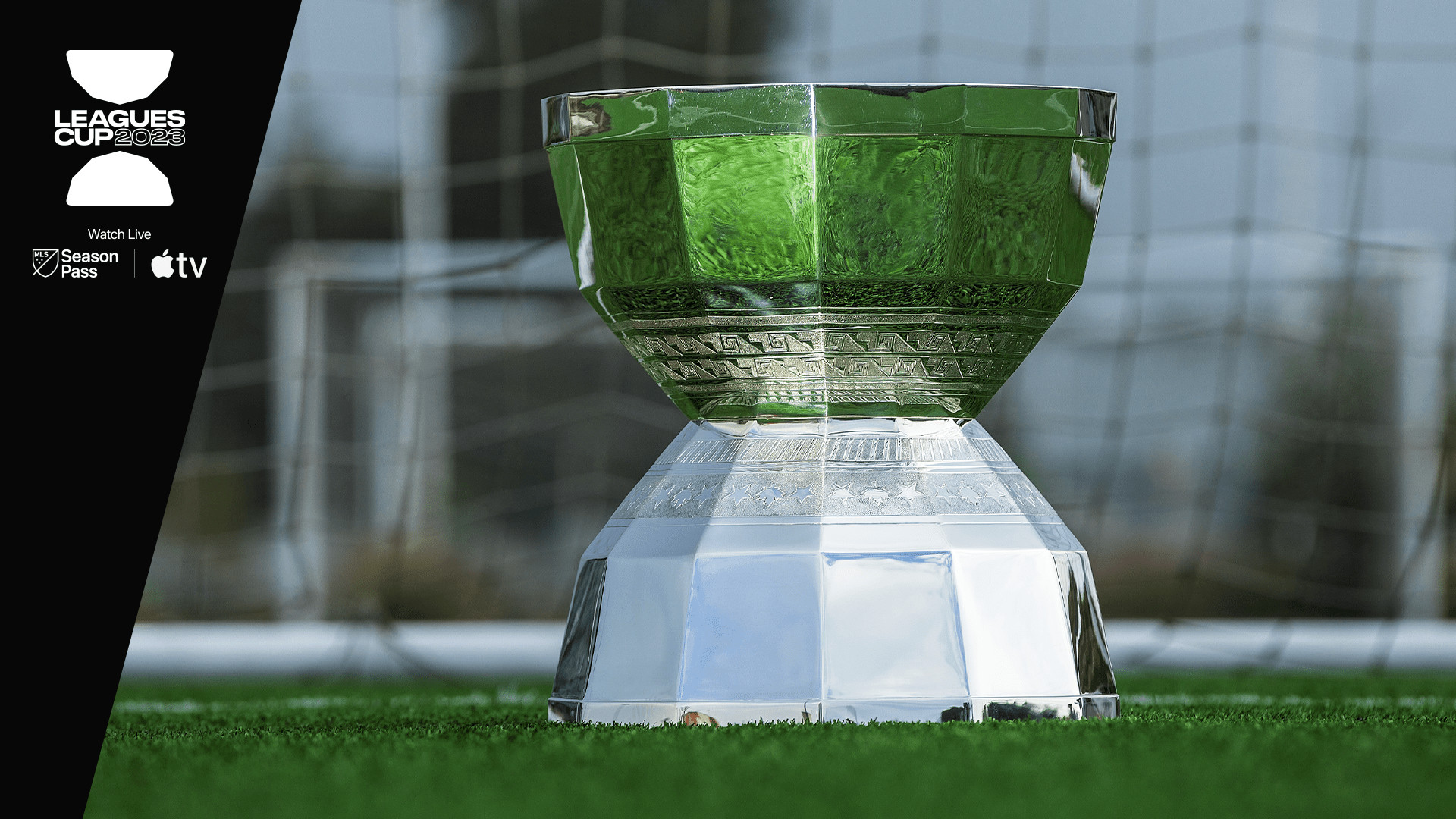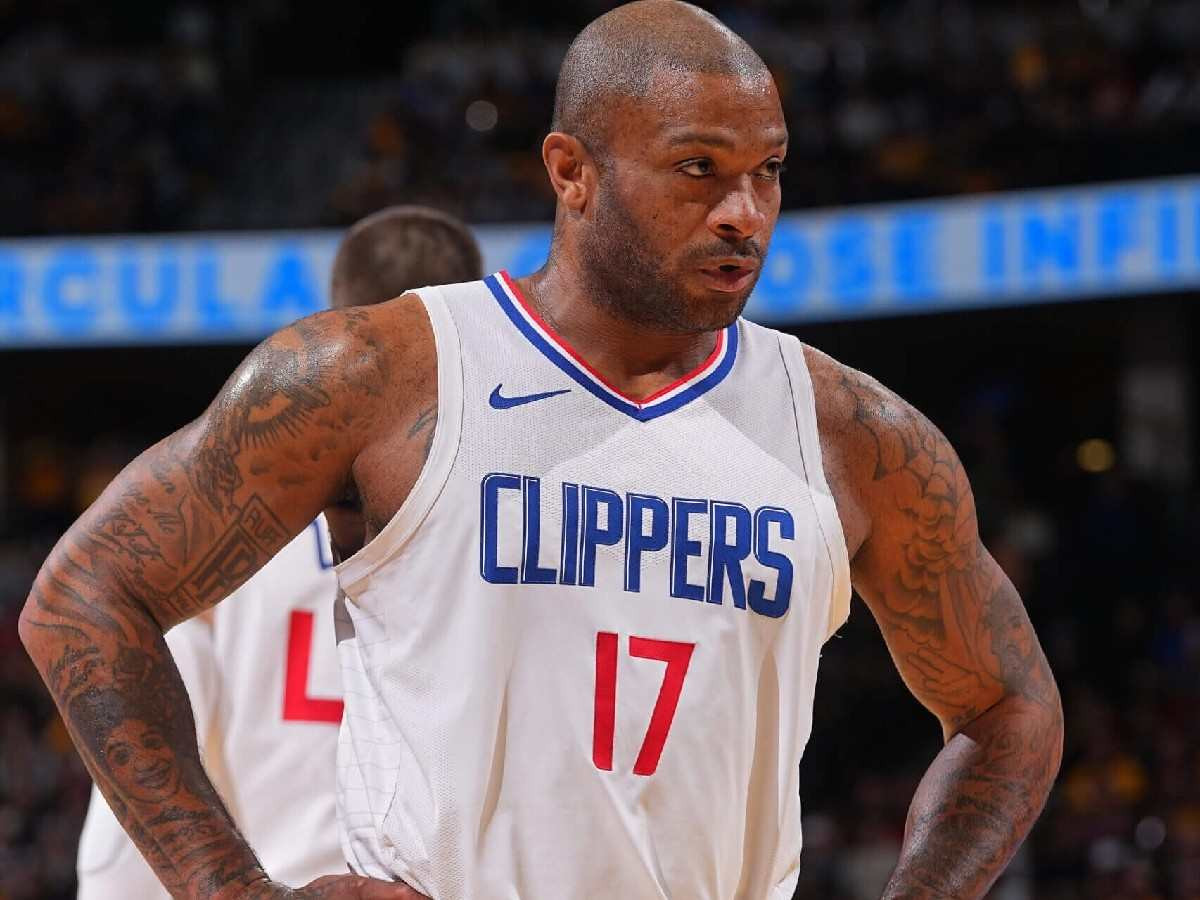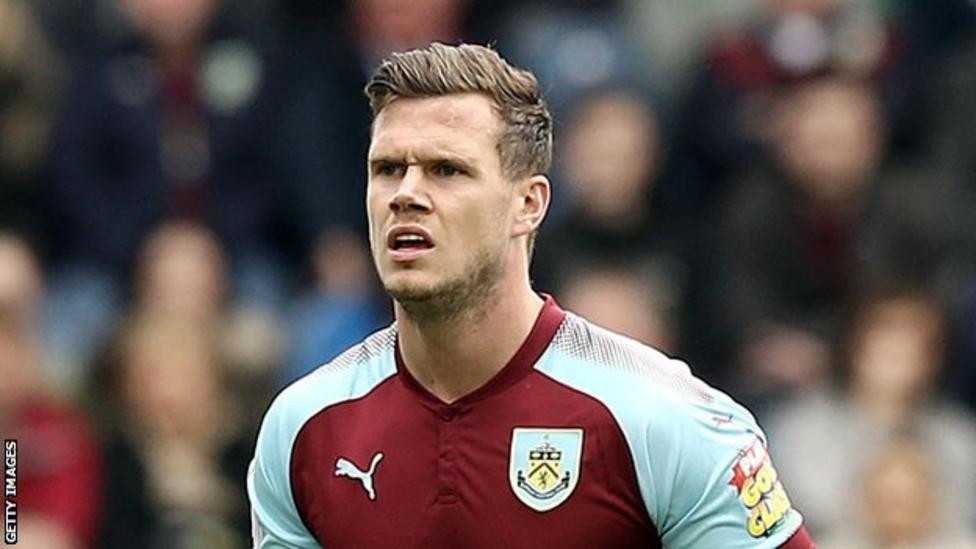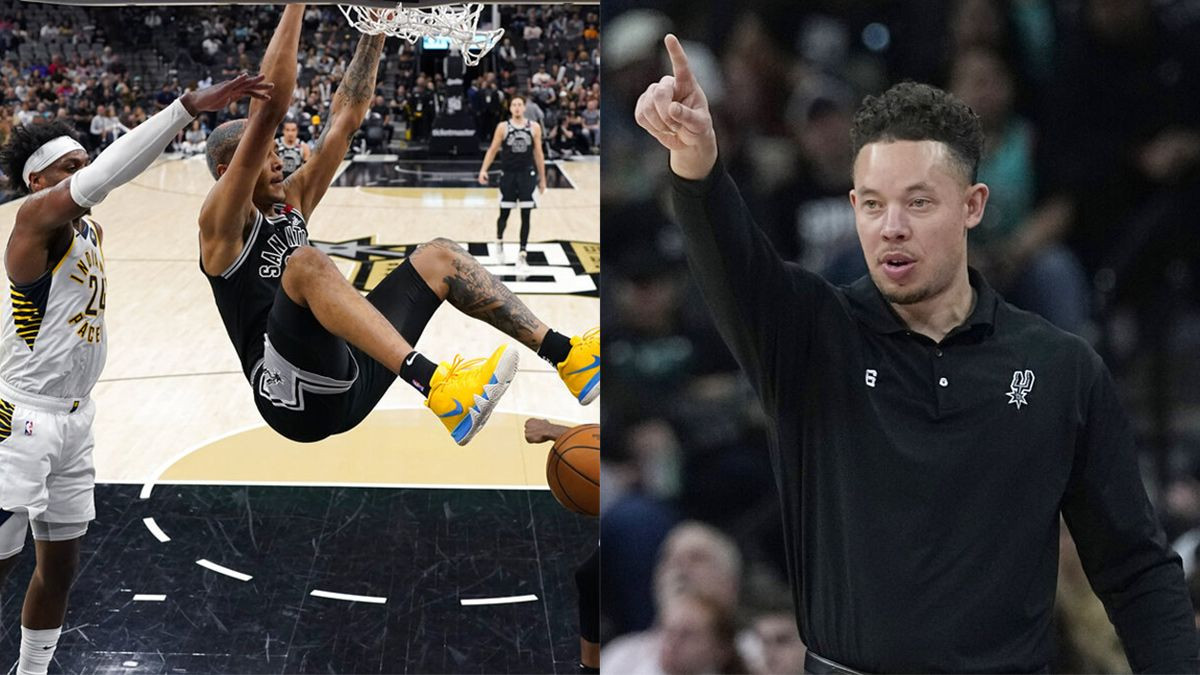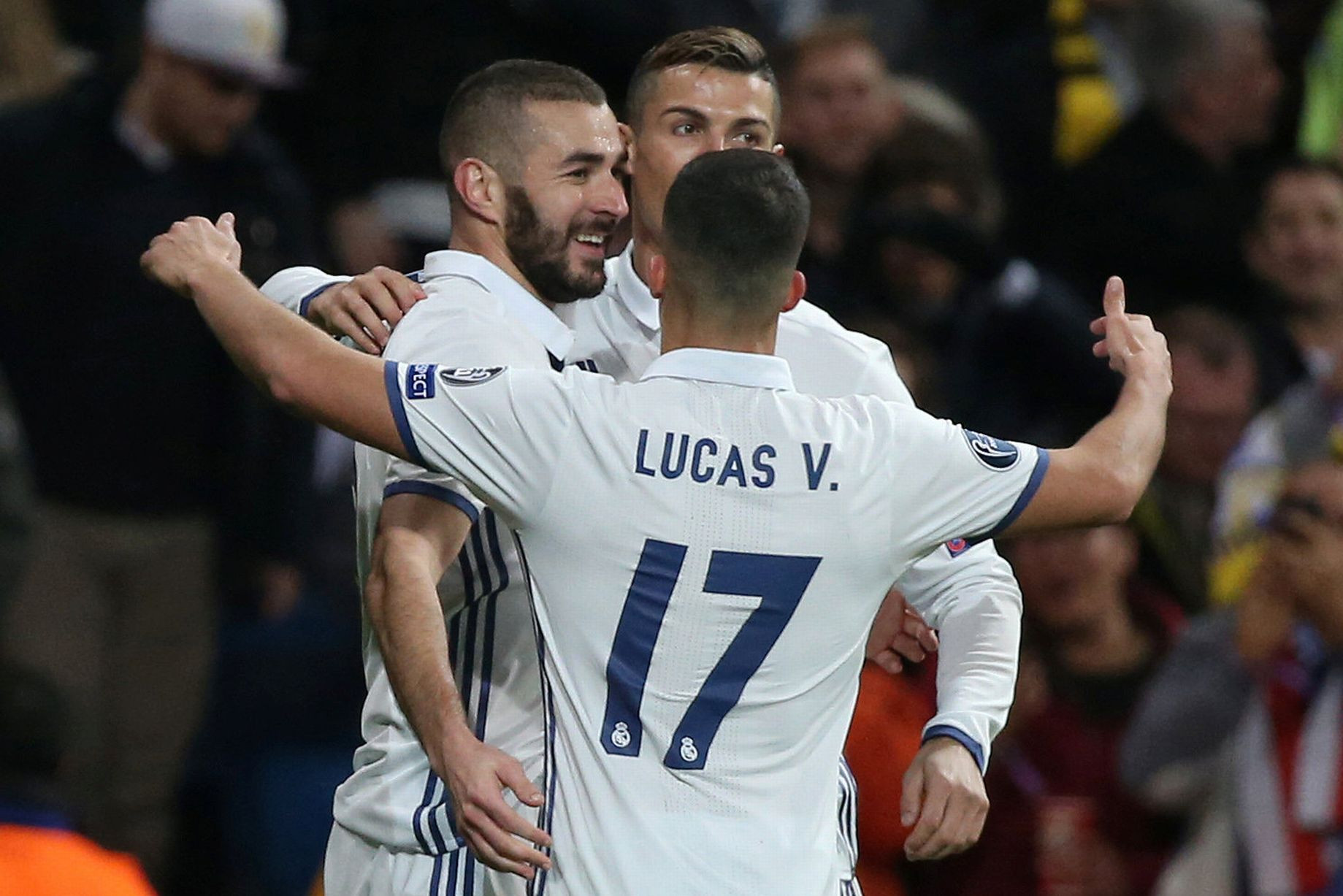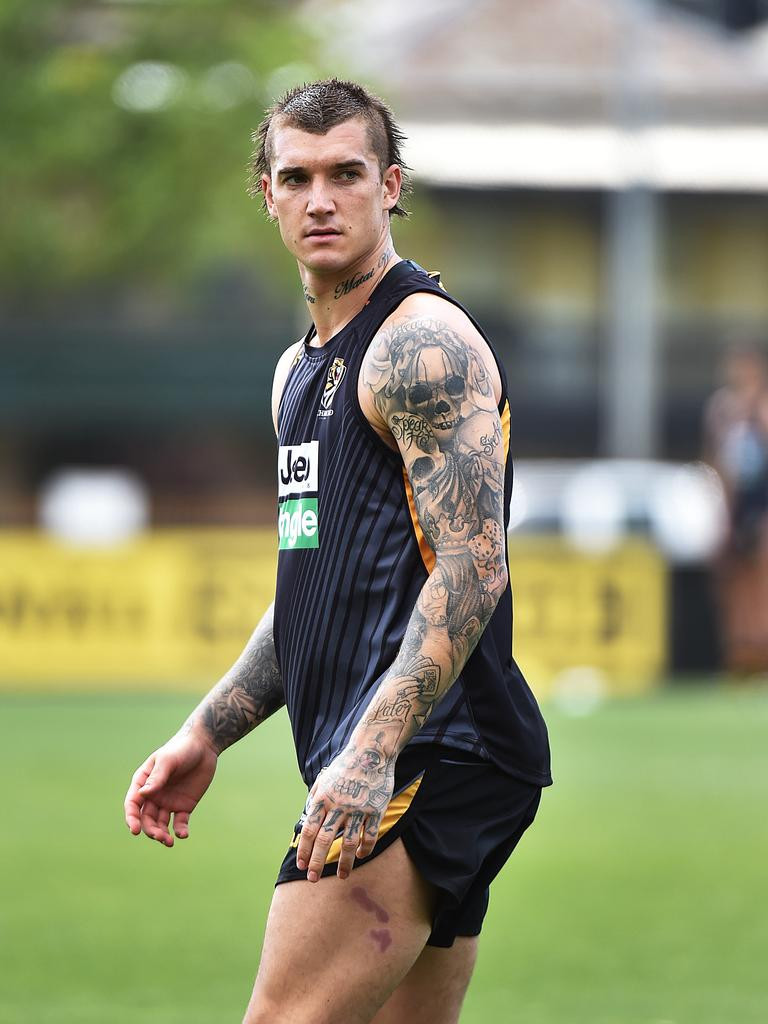With the calendar now turned to September and training camps just around the corner, the march to Anaheim's season opener on Oct. 12th in San Jose is officially on.
As we march through September toward NHL training camps, now is a particularly good time to look at what lies ahead for impact players on rosters across the league. If they haven’t yet, expectations will be set and predictions made, and in the coming weeks, the work put in by the players during the offseason will soon come to light. For the Anaheim Ducks, those impact players include primarily a young core that will once again have a chance to lead the team in a positive direction after a 2023-24 season full of injury woes and disappointment.
This month will be about setting expectations for a variety of Ducks, many (or all) of whom will be given every chance to succeed and do what they do best. For some guys, however, it’s time to start delivering results. Troy Terry is one of those guys.
Terry’s path from a player with an uncertain future with the Ducks to the kind of elite scorer (80 goals in last three seasons) that earned a seven-year, $49-million extension has been pretty remarkable. A stellar career at Denver University did not immediately translate to the NHL, but with hard work, unwavering confidence, and the benefit of playing alongside Ryan Getzlaf, Terry grew into a dependable, and oftentimes singular, source of offense for the rebuilding Ducks. So, when he entered the first season of that extension in 2023-24, expectations were that Terry would lead the way.
Unfortunately, that’s not how the season went. The opening third of the campaign was a struggle. Terry had six goals, three of which came in a hat-trick game against the Arizona Coyotes. Within that stretch of games was a 17-game goal drought. In his exit interview back in April, Terry recalled the up-and-down mental battle that accompanies challenges like these, saying “My biggest thing I’ve had to deal with as a player is just the mental side of it.”
It wasn’t entirely his fault. Trevor Zegras, Alex Killorn, and Leo Carlsson weren’t playing much at that time, leaving few opportunities for Terry to make plays without being smothered by the opposing defense. He did eventually settle into a groove around the December holidays, so much so that he once again became the most dangerous player on the ice on most nights for the Ducks. He found a home alongside Carlsson on the top line and finished the campaign second in team scoring with 54 points (20 goals, 34 assists), behind only Vatrano’s 60 (37 goals, 23 assists). Adam Henrique, Killorn, and Zegras were the most common third linemates with the pair.
Terry’s production has declined each season since his 37-goal breakout in 2021-22, primarily because of the precipitous decline in the Ducks’ ability to produce around him. With Getzlaf and Rickard Rakell no longer around, there simply weren’t enough weapons to produce at the same level. Let us not forget that there was minimal offense produced by the defense, too.
Recent seasons have brought in young, creative reinforcements in the form of Carlsson, McTavish, and Zegras. Steady veterans like Killorn and Frank Vatrano can fill holes in the lineup. Cutter Gauthier, who led the NCAA in scoring in 2023-24, appears set to begin his rookie season with the Ducks. Most importantly, barring any late-summer or training camp injuries, the offense should be fully healthy, offering Terry his best chance to regain his 37-goal form from a few seasons ago.
Can Terry Reach His Potential?
A healthy and diversely talented top-six forward group means the forwards will be tasked with playing within their abilities. Nobody is shouldered with doing more than they are capable of. In this model, Terry can focus on finishing. The two-time All-Star can score goals in a variety of ways. He can use his feet to make plays and put himself in high-percentage scoring areas. He can play with the puck or off the puck. His shot is elite, and he knows where to go to score. One of his best games of last season was his hat-trick, four-point night early in the campaign, when he scored three goals three different ways from different parts of the ice. He is the best goal scorer the Ducks have had since Corey Perry, and healthy weapons around him will enable those offensive instincts to flourish.
A healthy roster and mix of offensive talent are great and all, but the fact is that Terry needs a big season. The Ducks struggle mightily when he isn’t producing consistently. They managed in the early parts of last season because McTavish and Vatrano were carrying the team offensively. They had just enough to eke out some close, exciting wins. But ultimately, your best players need to be your best players, or you will not sustain success.
Terry's 2024-25 Outlook
Terry’s best play last season came during a 27-game stretch from Dec. 10 – Feb. 21, when he had 31 points. That’s a whopping 93-point pace. A while back, I listed Terry as one of the few on the Ducks’ current roster that could crack 100 points. He probably won’t get there in 2024-25 as the Ducks look set to endure another rebuilding season, but as he enters his age-27 campaign, there’s no reason to believe Terry can’t be a point-per-game player or better if he can find his groove early. Look for the Ducks’ top dog on offense to do so when they open the season against the San Jose Sharks on Oct. 12.
This article first appeared on The Hockey Writers and was syndicated with permission.
More must-reads:
Get the latest news and rumors, customized to your favorite sports and teams. Emailed daily. Always free!





